Album reviews: Kings of Leon; The Panics; Snow Owl; Beth Hart
American rockers Kings of Leon were once touted as the next big thing. After a few rocky years they are back.
ROCK
WALLS
Kings of Leon
Sony
3 stars

American rockers Kings of Leon were once touted as the next big thing in arena rock. It all started off swimmingly for the brothers Caleb, Jared and Nathan Followill and their cousin Matthew, but the quartet has had a rocky few years since their hit record Only by the Night in 2008. This week the band released its seventh studio album, WALLS, in a last-ditch attempt to reclaim the commercialised polish that secured its fame. WALLS, an acronym for We Are Like Love Songs, contains all the classic Kings of Leon trappings: rock 'n' roll swagger, dynamic guitar, steady beats and Caleb’s distinctive, raspy vocals. It also covers a broad range of rock subgenres to ensure it caters to a broad range of listeners. For this album the band swapped long-time producer Angelo Petraglia for Markus Dravs, who is known for his work with Arcade Fire, Coldplay and Mumford & Sons. On WALLS, the percussive and rhythmical elements are tight, but the vocal lines seem lifeless and uninventive. First single Waste a Moment is clean radio rock, the kind of bold summer anthem that harks back to Radioactive from the band’s 2010 album Come Around Sundown. Reverend and Muchacho venture into blues/rock territory, whereas Around the World and Wild are sprightly pop-rock fillers, full of bubbly strums and playful bass. Find Me and Eyes On You offer the purest form of KOL’s fundamental grunge rock and southern twang. The title track is a rare, melancholic ballad complete with ambient guitar riffs and solemn lyrics.
KOL was first thrust on to the international scene with their blend of garage rock and southern flair in the early 2000s, their albums Youth & Young Manhood (2003) and Aha Shake Heartbreak (2004) garnering critical acclaim. It was 2008’s Only by the Night, however, that launched the band into unprecedented success, most notably for hits Sex on Fire and Use Somebody. The next album, Come Around Sundown, heavily influenced by country rock and a dominant Tennessee sound, hinted at a change of pace.
In 2011 the band abruptly ended its North American tour and embarked on a long hiatus, citing exhaustion and artistic differences. KOL returned on autopilot in 2013 with Mechanical Bull, full of cookie-cutter rock that lacked originality and the group’s staple gritty tonality. Even with this latest release it feels as if Kings of Leon have sold their soul. The WALLS cover art features miniature doll heads of the Followills’ faces floating in white liquid. Is this a sign of rebirth or an image of tired reproduction drowning in white noise?
“We’re in the best place we’ve ever been,” Caleb said upon the album’s release. “We’re enjoying what we’re doing, and we have a great relationship outside of making music. A lot of bands don’t make it this long, especially family bands.” It is doubtful this album is enough to return Kings of Leon to their former glory, but only time will tell.
Emily Ritchie
*
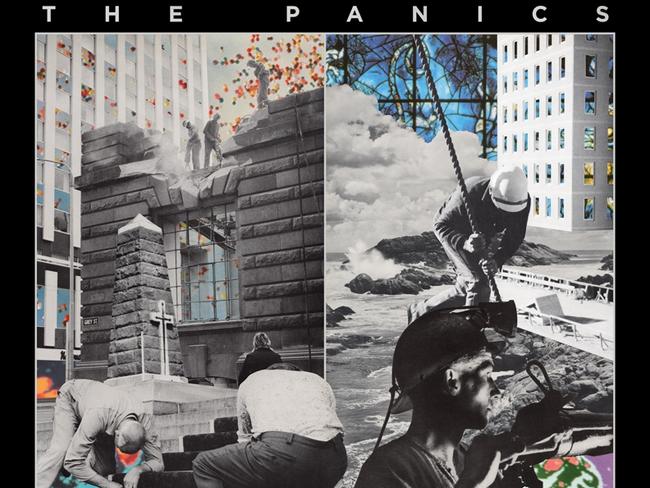
ROCK
Hole in Your Pocket
The Panics
Dew Process
4.5 stars
A few decades ago Robert Forster coined a phrase to describe the music made by his band the Go-Betweens: “That striped sunlight sound.” Among current Australian bands, few are better suited to that descriptor than the Panics. Born in Perth and now based in Melbourne, the quintet has released a string of polished, immersive albums since 2003, and No 5 continues that trend. Hole in Your Pocket is a gorgeous set of superbly crafted songs built on its distinctive brand of guitar-based pop, though first single Weatherman will throw any fan for a loop at first, as at its heart is a pulsating synth line that sounds decidedly un-Panics. Because of this creative left-turn, its charms aren’t as immediate as the more traditional arrangements here, but the album opener eventually reveals itself as one of the band’s finest and most nuanced compositions. As ever, singer Jae Laffer’s laconic lyrics and calm, assured delivery ties these songs together. The frontman’s excellent 2013 solo turn, When the Iron Glows Red, is a useful link between the band’s fourth album, 2011’s Rain on the Humming Wire, and this collection. Since their debut, the Panics have cultivated a reputation for lush, cinematic pop built on sharp guitars and memorable turns of phrase, and Hole in Your Pocket is another stirring achievement. Among the nine tracks are the beautiful and surprising turnaround in the middle of Not Together, Not Apart; the towering conclusion to Loiter with Intent; and the haunting and evocative title track, which radiates with that striped sunlight sound.
Andrew McMillen
*

JAZZ
The Blue Road
Snow Owl
Inner Circle
3.5 stars
In the present musical world of flexible borderlines between genres this album might qualify as world music, or at a stretch Latin classical. However, Colombian-born electric contrabass guitarist and composer Juan Garcia-Herreros — aka Snow Owl — won a best jazz artist award in 2006 and this album took three medals at this year’s Global Music Awards. Snow Owl spent time studying and playing flute and then acoustic bass in New York and now lives in Vienna, where this album was recorded. The diverse ensemble comprises 11 members plus the African Griot Choir from Burkina Faso, a female soprano named SuCh, Mamadou Diabate on balafon, a wooden xylophone, and members of the Vienna Philharmonic and the Radio Symphony orchestras.
The album is the first of three planned for Snow Owl and features a collage of indigenous musical influences incorporating tribal voices, ethnic rhythms of Colombian traditions and classical-style input from some members of the two symphony orchestras. All seven tracks are composed by Garcia-Herreros and the opener Ne Togo Ye Sadjouma (My Name is Snow Owl, his Griot-bestowed name) features the full ensemble in a world-jazz, orchestral and choral style with solos from the balafon and the leader’s six-string contrabass guitar.
There is a strong spiritual content throughout this unusual album, which the cover notes claim offers voice and heartbeat to create spiritual reverence. Garcia-Herreros plays strong solos and is able to use Colombian rhythms, often stretching them into Afro-Caribbean beats as he adds the elasticity of jazz to these tracks combining vocals and orchestra.
John McBeath
*
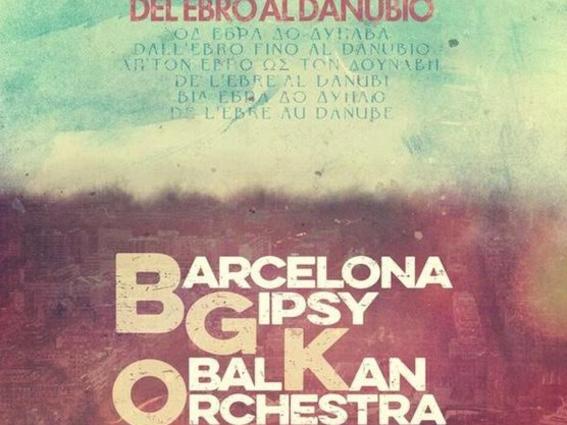
WORLD
Del Ebro al Danubio
Barcelona Gipsy balKan Orchestra
Satelite K
4 stars
In keeping with the cosmopolitan nature of the Catalonian capital’s Ciutat Vella (old district), where this band was conceived, the Barcelona Gipsy balKan Orchestra is a melting pot of cultures. As the title of its debut album implies, the sphere of BGKO’s primary musical interest stretches from the Ebro River in the Iberian Peninsula to the mighty Danube, which extends from central to eastern Europe. Given the broad sweep of their inspiration — a reflection of the band’s wide multicultural heritage — Del Ebro al Danubio flows well. The set comprises 12 striking soundscapes that encompass a mashup of lively Romani tunes and ethnic folk dances, and more meditative melodies of Arabic-Catalan, Jewish and Bosnian Sevdah origin. Balkan musical tradition, which transcends geographical boundaries, is the glue that binds BGKO, along with uncluttered arrangements and musical excellence. Spaniard Sandra Sangiao’s vocal versatility and linguistic capability allows her to deliver songs convincingly in a handful of languages, including Serbian and Russian. Compatriot Joaquin Sanchez-Gil’s soaring clarinet is pivotal in several klezmer-inflected instrumental romps, and over the complex time signature of a Bulgarian horo. Ukrainian Oleksandr Sora’s fiddle flurries and pizzicato supports Sangiao brilliantly in a Russian singalong that’s reminiscent of Mary Hopkin’s 1960s hit Those were the Days. Italian Mattia Schirosa’s accordion provides fills and thrills throughout, while Greek percussionist Stelios Togias expertly holds the rhythm on various drums alongside Serbian double-bass ace Ivan Kovacevic.
Tony Hillier
*
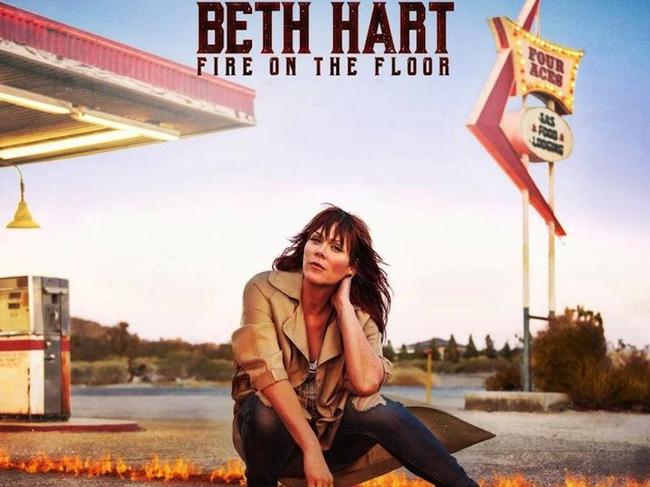
ROOTS
Fire on the Floor
Beth Hart
Provogue/Mascot
4 stars
Beth Hart has been working up to Fire on the Floor, her 10th album in 12 years. There’s passion, grace and fire in what is, above all, a celebration of the potency of the singer and her songs. It’s also arguably the most eclectic release in a career during which Hart has seen off a posse of personal demons. There’s blues, of course, but other roots music genres besides. A richly entertaining and occasionally enervating set starts with a vivacious swing thing (Jazz Man), which the singer-songwriter delivers in a manner that conjures memories of the great British divas Shirley Bassey and Cleo Laine. A funky New Orleans-styled R&B hoot (Love Gangster) leads to a steamy jazz/blues-drenched ballad (Coca Cola) that’s injected with Billie Holiday fizz, Ivan Neville’s B3 and a guitar break from former Miles Davis sideman Michael Landau. A horn-driven soul romp (Let’s Get Together) carries the stamp of Rickie Lee Jones. Waddy Wachtel’s classic blues and rock guitar riffs underpin Love is a Lie and Fat Man. To the strains of piano and cello, Hart opens Woman You’ve Been Dreaming Of by asking: “How can you throw 20 years away? / What about your kids and the words they pray.” She plumbs similar emotional depths in Picture in a Frame and in the hymnlike curtain-closer No Place Like Home. In between, this exceptional singer belts out a Latin-tinged R&B potboiler (Baby Shot Me Down) before hitting Joplin-esque heights in a tremulous rock ballad (Good Day to Cry).
Tony Hillier

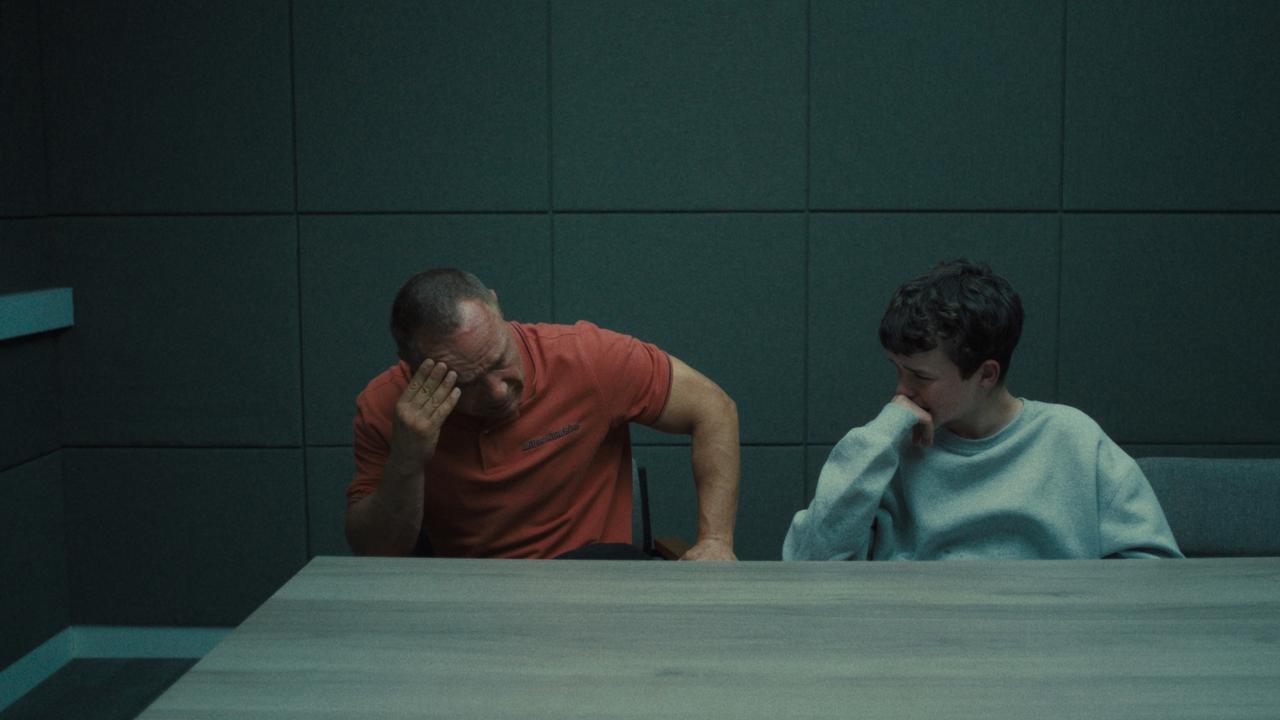
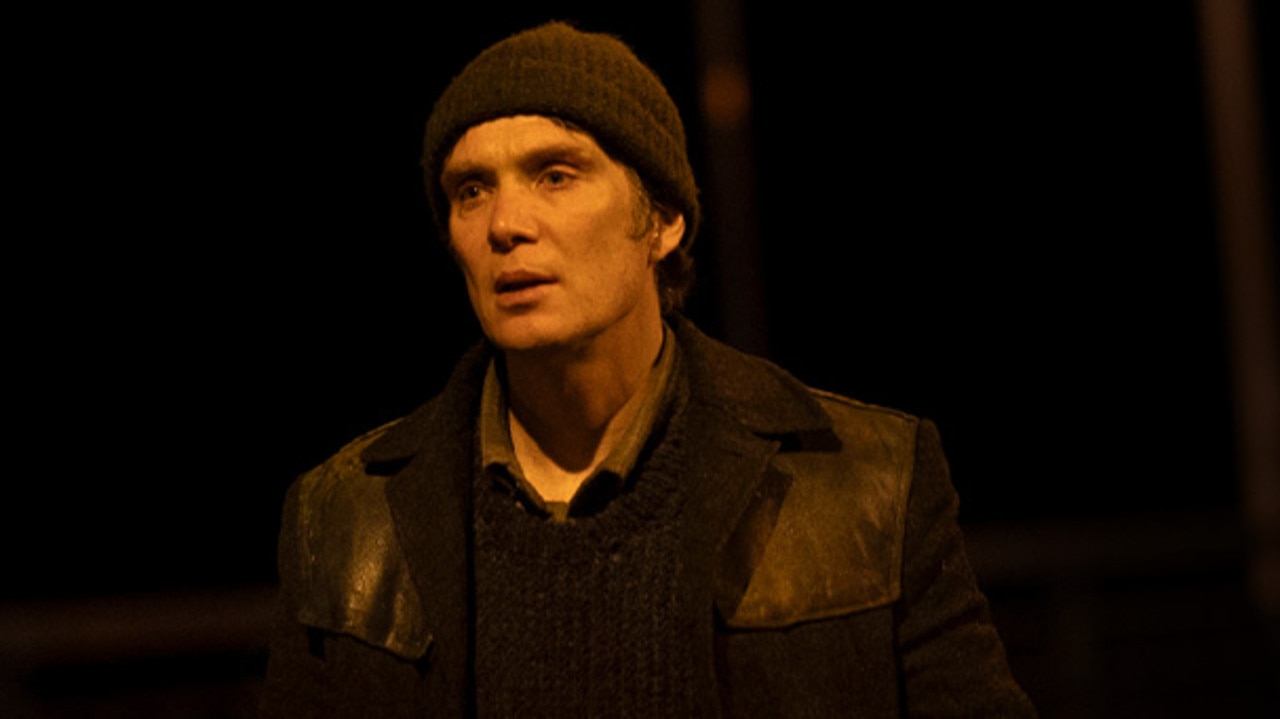
To join the conversation, please log in. Don't have an account? Register
Join the conversation, you are commenting as Logout